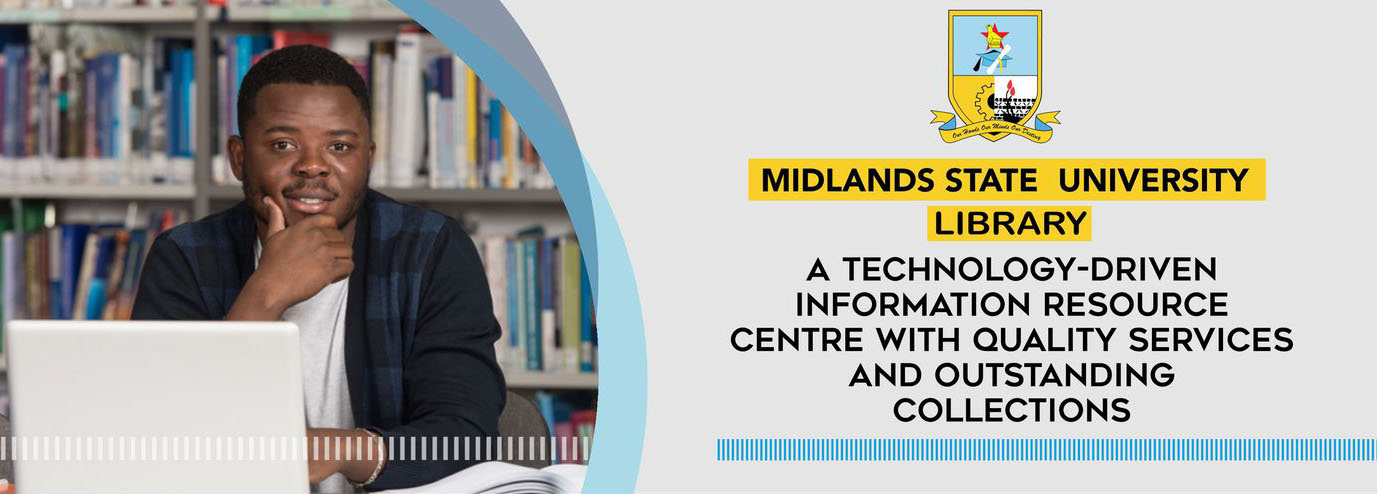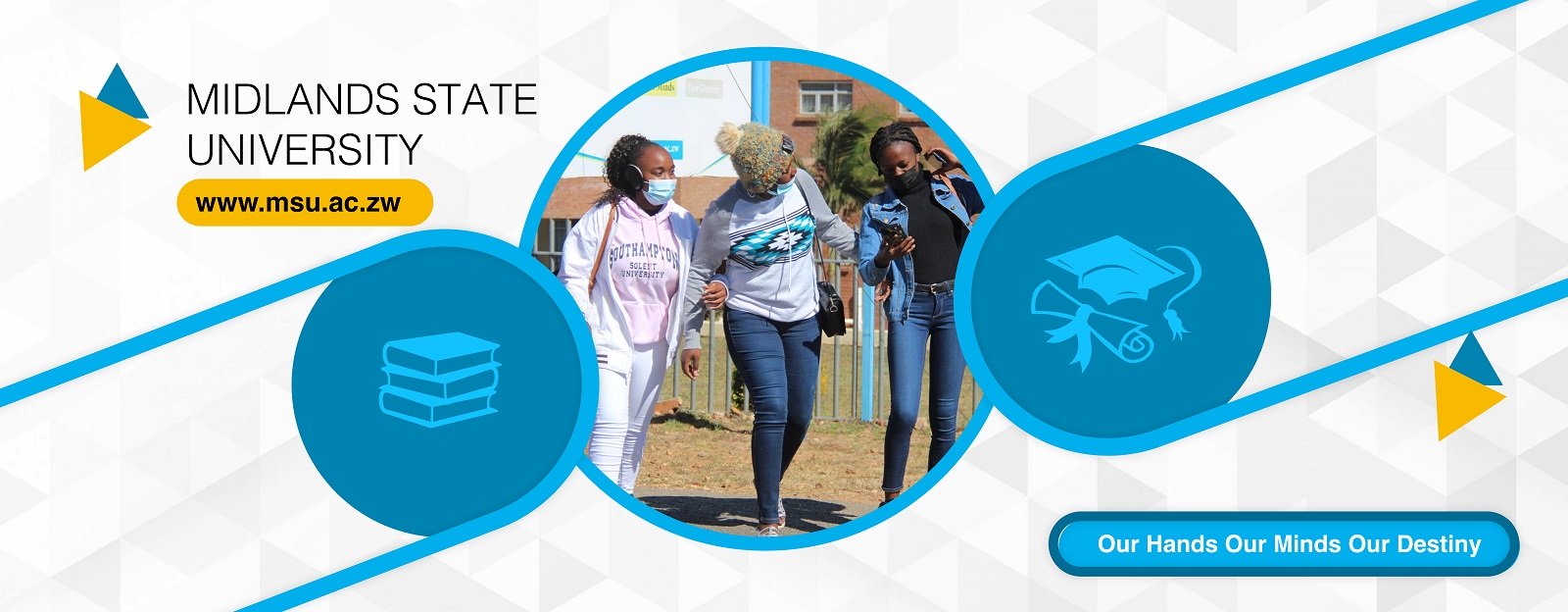Please use this identifier to cite or link to this item:
https://cris.library.msu.ac.zw//handle/11408/6643Full metadata record
| DC Field | Value | Language |
|---|---|---|
| dc.contributor.author | Ncube, Lyton | en_US |
| dc.contributor.author | Refilwe Whitney Mofokeng | en_US |
| dc.contributor.author | Chibuwe, Albert | en_US |
| dc.contributor.author | Allen Munoriyarwa | en_US |
| dc.contributor.author | Antonette Kakujaha- Murangi | en_US |
| dc.date.accessioned | 2025-07-17T11:12:05Z | - |
| dc.date.available | 2025-07-17T11:12:05Z | - |
| dc.date.issued | 2025 | - |
| dc.identifier.uri | https://cris.library.msu.ac.zw//handle/11408/6643 | - |
| dc.description.abstract | This article examines journalism schools (J-schools) responses to the Artificial Intelligence (AI) ‘disruption’. It critically provides an exploratory examination of how J-Schools in Southern Africa are responding to the AI wave in their journalism curriculums. We answer the question: How are Southern African J-Schools responding to AI in their curriculums? Using a disruptive innovation theoretical lens and through documentary review of university teaching initiatives and accredited journalism curriculums, augmented by in-depth interviews, we demonstrate that AI has opened up new horizons for journalism training in multi-dimensional ways. However, this has brought challenges, including covert forms of resistance to AI integration by some Journalism educators. Furthermore, resource constraints and the obduracy of J-schools’ curriculums also contribute to the slow introduction of AI in J-schools. We argue that lack of clarity on what AI is and what can be taught about AI within J-Schools, as well as fear of the unknown has led to a trust deficit among journalism instructors. We further argue that with better training and exposure, journalism educators in Southern Africa can leverage AI technologies to strengthen journalism training. | en_US |
| dc.language.iso | en | en_US |
| dc.publisher | Taylor and Francis Group | en_US |
| dc.publisher | Routledge | en_US |
| dc.relation.ispartof | Media Practice and Education | en_US |
| dc.subject | Artificial intelligence | en_US |
| dc.subject | South Africa | en_US |
| dc.subject | Zimbabwe | en_US |
| dc.subject | Namibia | en_US |
| dc.subject | Botswana | en_US |
| dc.subject | J-schools | en_US |
| dc.title | ‘Mind the gap’: artificial intelligence and journalism training in Southern African journalism schools | en_US |
| dc.type | research article | en_US |
| dc.identifier.doi | https://doi.org/10.1080/25741136.2025.2464483 | - |
| dc.contributor.affiliation | Department of Media Studies, University of Botswana, Gaborone, Botswana;b Department of Communication Science, University of South Africa, Pretoria, South Africa | en_US |
| dc.contributor.affiliation | Department of Journalism and Integrated Communication, Tshwane University of Technology, Pretoria, South Africa | en_US |
| dc.contributor.affiliation | Department of Media, Communication, Film and Theatre Arts, Midlands State University, Zvishavane, Zimbabwe | en_US |
| dc.contributor.affiliation | Walter Sisulu University, Journalism Unit, Buffalo City Campus, South Africa | en_US |
| dc.contributor.affiliation | Department of Social Sciences, University of Namibia, Windhoek, Namibia | en_US |
| dc.relation.issn | 2574-1136 | en_US |
| item.languageiso639-1 | en | - |
| item.openairetype | research article | - |
| item.cerifentitytype | Publications | - |
| item.grantfulltext | open | - |
| item.openairecristype | http://purl.org/coar/resource_type/c_18cf | - |
| item.fulltext | With Fulltext | - |
| Appears in Collections: | Research Papers | |
Files in This Item:
| File | Description | Size | Format | |
|---|---|---|---|---|
| Mind the gap artificial intelligence and journalism training in Southern African journalism schools.pdf | Fulltext | 1.01 MB | Adobe PDF | View/Open |
Page view(s)
218
checked on Jan 11, 2026
Download(s)
34
checked on Jan 11, 2026
Google ScholarTM
Check
Altmetric
Items in MSUIR are protected by copyright, with all rights reserved, unless otherwise indicated.



